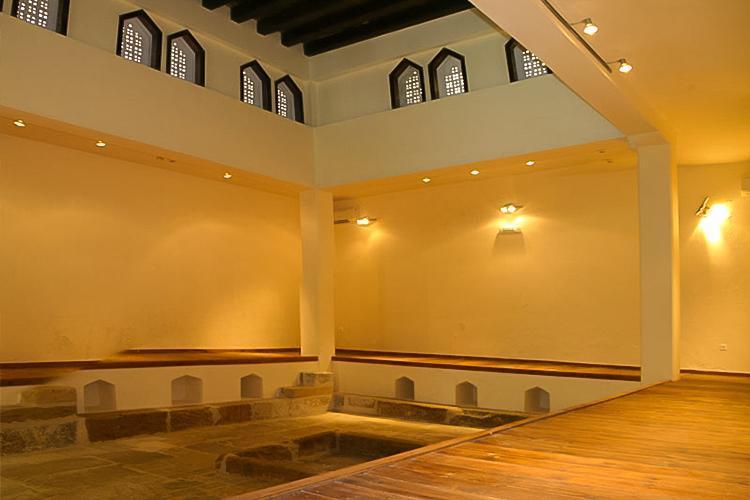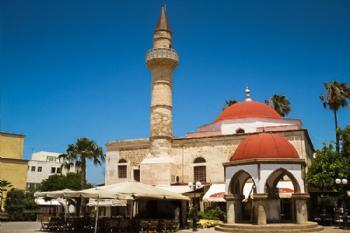
The Bath Nerangia is located within the archaeological site together with the ancient Agora. This mid-sized bath was built by the Ottomans in the 17th century. The bath, which was used as a salt reservoir for some time, was damaged by the earthquake in 1933 and some of its sections collapsed. Nowadays, the restoration of the public baths is opened and used.
